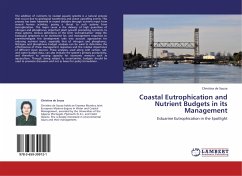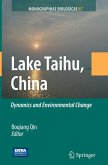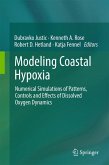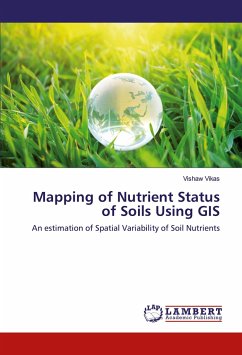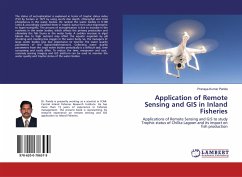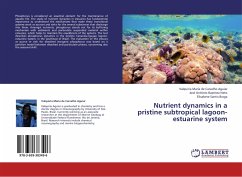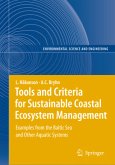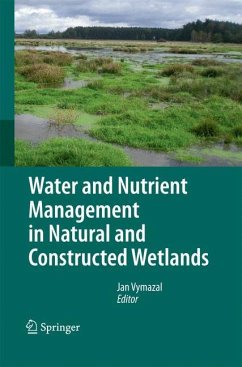The addition of nutrients to coastal aquatic systems is a natural process that occurs due to geological weathering and ocean upwelling events. This process has been hastened in recent decades through nutrient input from several human activities, posing a threat to such systems from eutrophication. The major cause is the delivery of high quantities of nitrogen and phosphorus, important plant growth promoting nutrients, to these systems. Various definitions of the term 'eutrophication' imply the biological symptoms to be monitored for, and management responses to prevent/mitigate this development take into account approaches for reducing nutrient input, especially that of nitrogen and phosphorus. Nitrogen and phosphorus budget analyses can be used to determine the effectiveness of these management responses and the relative importance of different input sources. These analyses, used along with carbon, salt, and water budget data, can also indicate the system's primary productivity,and therefore its carrying capacity for economic ventures such as aquaculture. Though, being subject to uncertainties, budgets should be used to promote discussion and not as bases for policy formulation.
Hinweis: Dieser Artikel kann nur an eine deutsche Lieferadresse ausgeliefert werden.
Hinweis: Dieser Artikel kann nur an eine deutsche Lieferadresse ausgeliefert werden.

